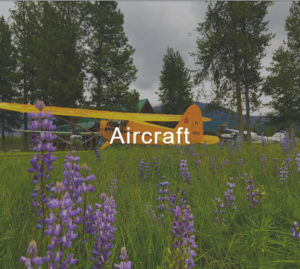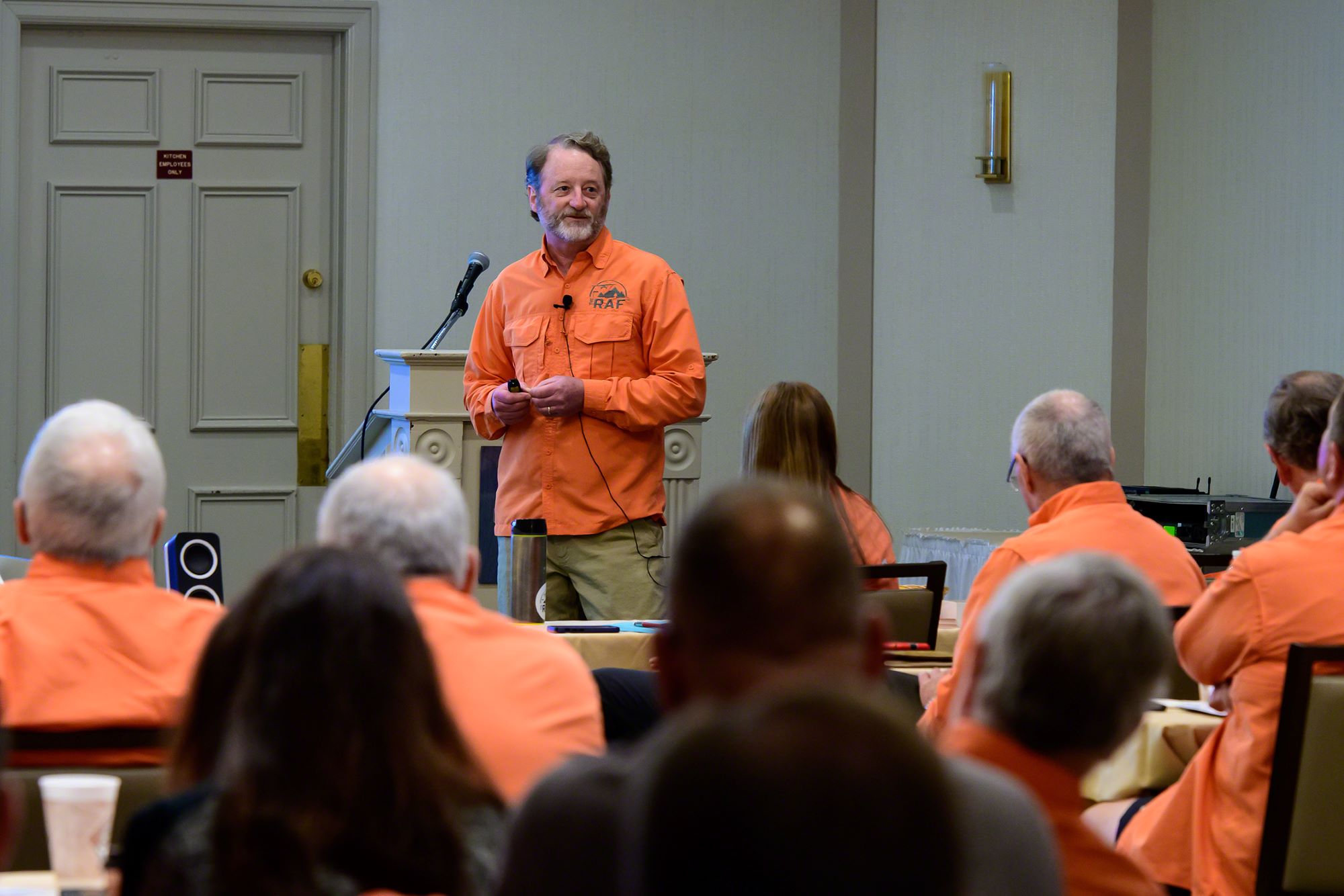Kurt Becker 208-630-4331, the1KGB@gmail.com
Specialties: personalized instruction with an emphasis on wise stewardship and wilderness dependent flying. Float, tail wheel, complex and ski equipped aircraft available or receive instruction in your plane.
Location: Central and SW Idaho and Northern Washington. Sunrise Skypark (ID40) or can meet anywhere.
Lisa Breuer 208-860-7283, skymom757@gmail.com
Specialties: Basic, Biennial Flight Review, Instrument
Location: Caldwell Executive Airport (KEUL)
Ian Clarke 267-261-0761, iclark802@gmail.com
Specialties: Basic, Biennial Flight Review, Instrument, Tail Wheel, Back Country.
Locations: include KDIJ, KIDA, KJAC, U12, KRXE, U56, 46U, U02.
Bob Del Valle 970-846-5140, rdelvall@yahoo.com
Specialties: Basic, Biennial Flight Review, Tail Wheel, Back Country, Mountain
Location: Priest River Airport (1S6), Sandpoint Airport (KSZT), and throughout, Idaho, Washington and Montana.
Trent Dyrsmid 208-957-8321
trent.dyrsmid@gmail.com, flywithtrent.com
Specialties: Basic, Biennial Flight Review, Instrument, Multi-Engine
Location: Nampa Municipal Airport (KMAN).
Eugene Gussenhoven 208-949-6657, gussclan37@msn.com
Specialties: Basic, Biennial Flight Review
Location: KLWS, KGIC, KBOI, KPUW
James Hudson 208-863-4835, flynjim@yahoo.com
Specialties: Basic, Biennial Flight Review, Backcountry, High Performance, Spin
Location: Boise, Nampa, Caldwell, Emmett; other locations by arrangement.
Nicholas Jenson 541-499-8131, Striker_03650@yahoo.com
Specialties: Basic, Instrument, Ground Instruction
Location: Boise, Nampa, Caldwell; others based on need.
Doug McFall 208-324-0011, djmcfall@yahoo.com
Specialties: Basic, Biennial Flight Review, Instrument, Tailwheel, Backcountry, Jump Pilot, Insurance checkrides.
Location: KTWF, KJER, Buhl Municipal (U03)
Donald Mullen 703-244-4371, 4mullen@gmail.com
Specialties: Basic, Biennial Flight Review, Instrument, Tailwheel, Backcountry
Location: KCOE and surrounding area
Manny Puerta 775-771-2794, mannypuerta@gmail.com
Specialties: Basic, Biennial Flight Review, Instrument, Tailwheel, Backcountry, Turbine
Location: primarily Reno/Carson City, NV; summers in Alaska
Michael Schwartz 408-880-8094, michael.schwartz2023@outlook.com
Specialties: Basic, Biennial Flight Review, Instrument, Tailwheel, Backcountry
Location: Stevensville, MT (32S)
Fred Williams 208-917-3664, fred@advflying.com
Specialties: Biennial Flight Review, Instrument, Tailwheel, Backcountry, Mountain/Canyon, Tailwheel, Kitfox transition
Location: Cascade, ID and Reno, NV
Richard Wissenbach 406-214-0968, richpiney@gmail.com
Specialties: Basic, Biennial Flight Review, Backcountry
Location: Stevensville, MT (32S), KHRF






